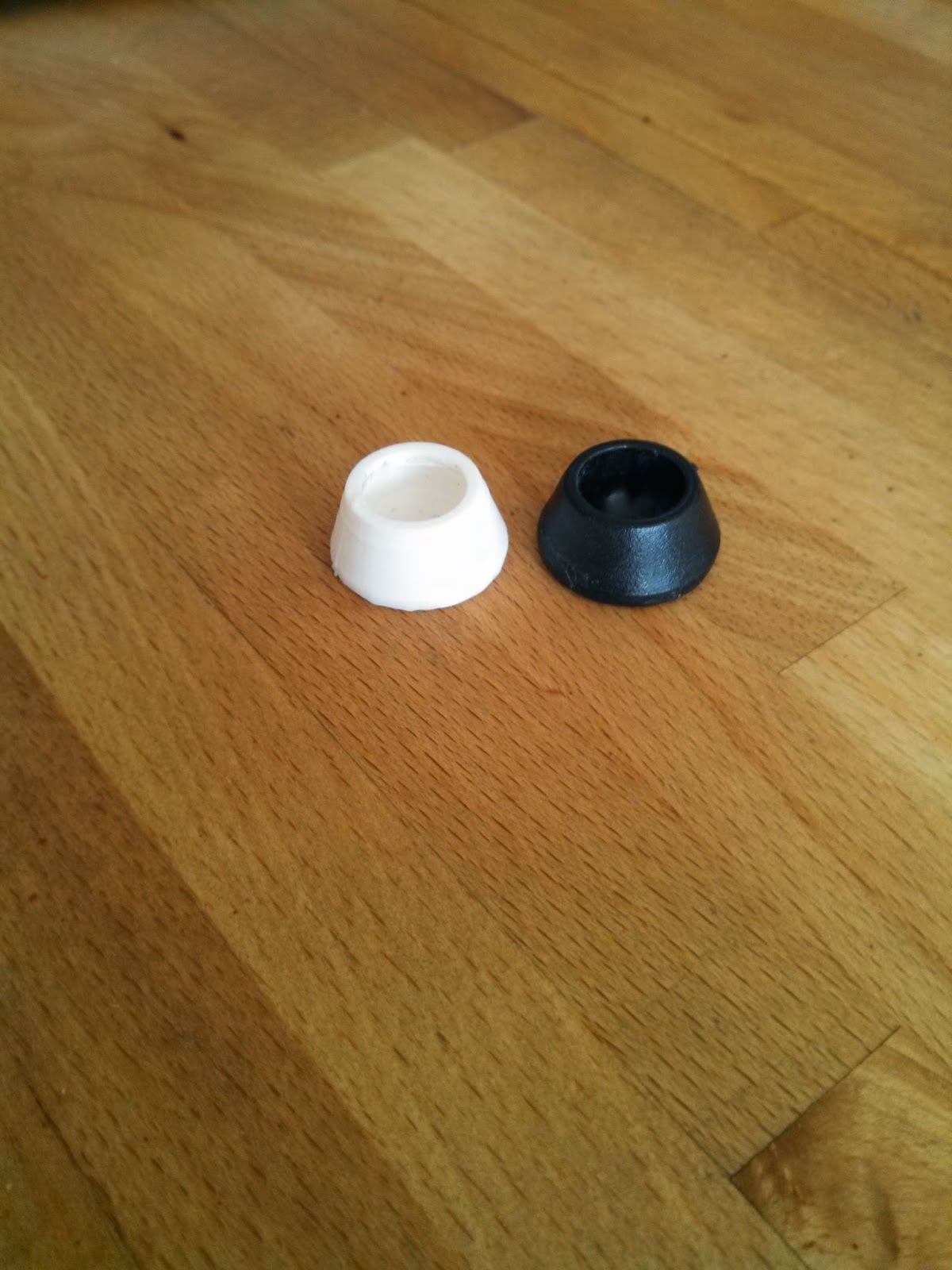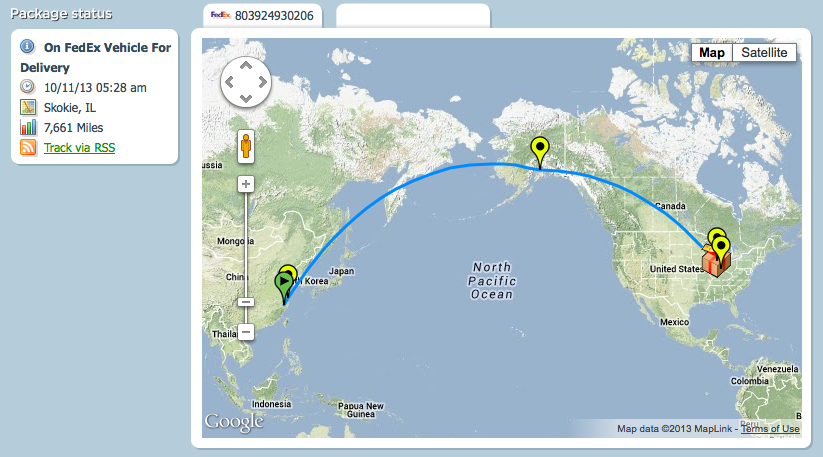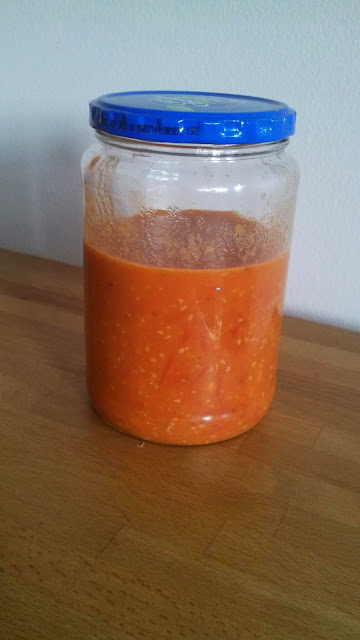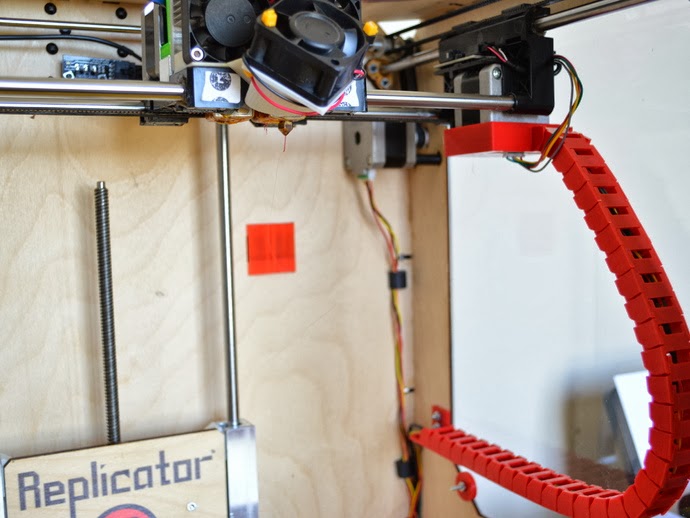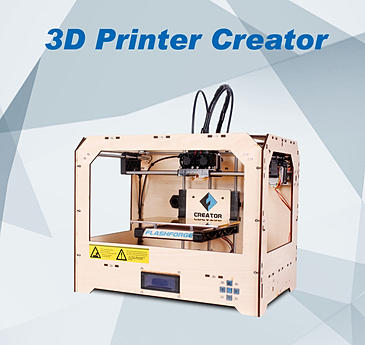So I've made the decision to get a
FlashForge Creator (FFC), a Chinese
made printer based on the
MakerBot Replicator 1's open source files.
My history with 3D printers:
I've
been involved with 3D printers off and on since 2008 when I purchased a
set of
RepRap Darwin electronics and parts and joined a local group
interested in a collaborative assembly of a Mendel printer. That build
didn't go so well. With a roomful of excited engineers, we were unable
to get the thing to get together reliably. After a few months of
meetings, we eventually gave up even having a square frame, though most
of the electronics did work.
In 2010, I successfully
assembled a
RepRap Mendel Prusa printer with the help of a lot of
friends at my local hackerspace. That printer was used to make several
child printers.
In early 2013, I decided to try
building a more modern printer for my prototyping and design business,
but eventually got frustrated and decided to sell the printer I built
when I realized that I need a functioning printer, not a 3D printer
project.
I've also used several other printers through friends and hackerspaces - MakerBot Replicator 1 and 2, ORDBot Hadron and Quantum, Rostock Maxes, SeeMe CNC's AO-101, Up!Mini and more.
So I
decided to get a commercial desktop printer. After doing a lot of
research and assessing what I want, I'm going with the FlashForge Creator.
I chose the FFC because:
- I want a filament deposition printer, not a laser & resin or powder
style printer (though I may purchase a Peachy Printer kit too)
- I don't want a black box closed source printer (though the UP!Mini and Afinia H are really nice)
- I want to be able to use open source toolchains and/or experimental materials
if I want to, but be able to use polished tools when I need them
- I'm not scared of a little DIY and I'd also like a printer I'm not scared to DIY on
- It's a proven design with lots of users (if you count the MB Replicator 1 crowd)
- It has dual extrusion if I want to go down that path
- For the money, I don't see any other printer in its class
Next steps:
I'm writing this on Saturday (to publish on Monday). I'll be purchasing the printer this weekend, so delivery will be about a week or two from today (apparently the printer has already shipped, so I may be tracking it obsessively).
